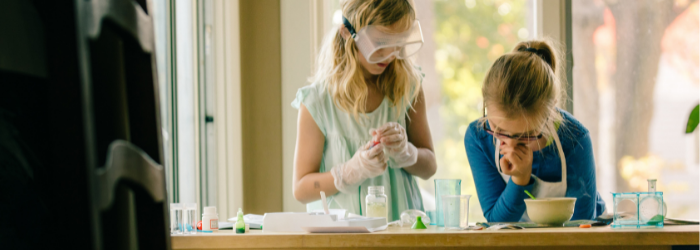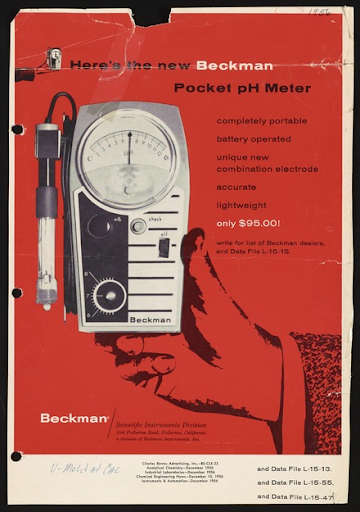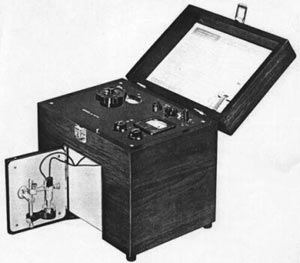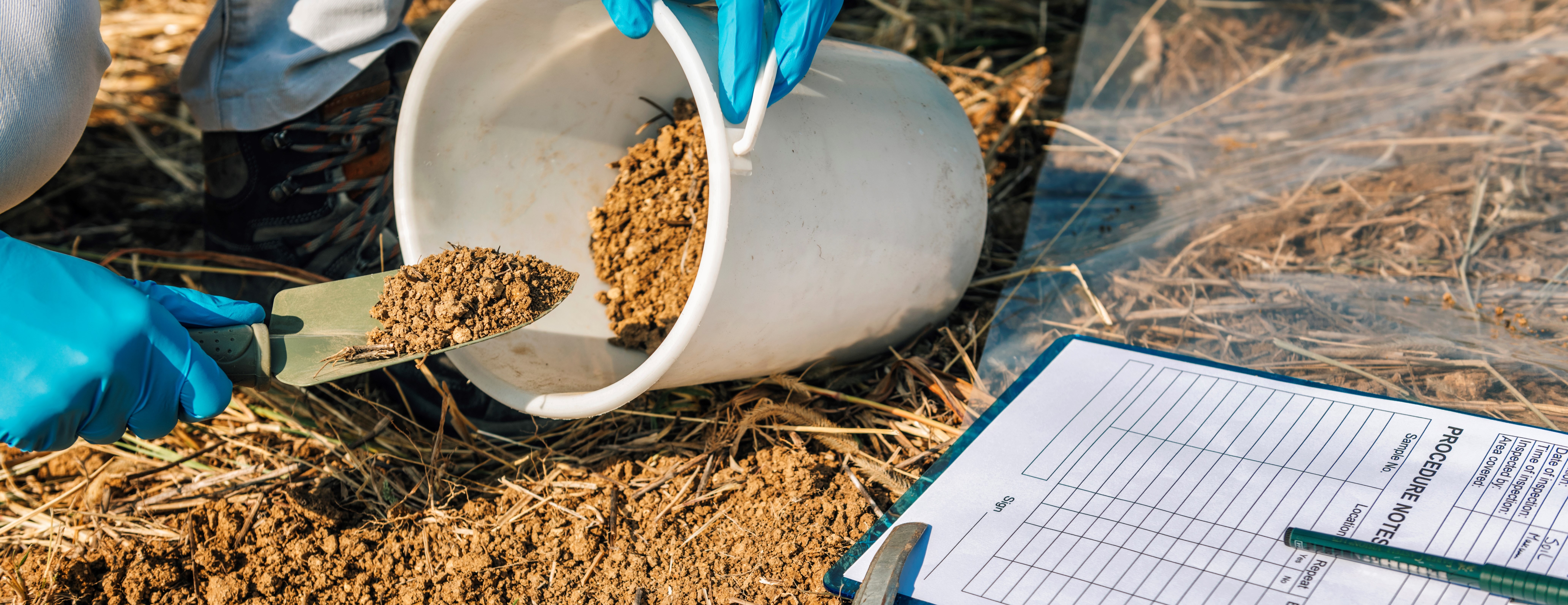As I see bags of soil being stacked in my local hardware store and the green spirit of shrubbery reawakened in my yard, I can’t help but think about the kitchen chemistry I used to perform during spring cleaning as a teenager.
Fun fact: I hate eating cabbage. Naturally, I used it in my science experiments to avoid having to eat it for dinner later on.
I blended the red cabbage to make it into a pH indicator. Better there than on our dinner table.
The cabbage adopts a beautiful blue hue. And I tested everything I could find in our kitchen against my indicator. Vinegar. Ginger ale. Castille soap. Even corn starch (which wasn’t my brightest moment.)

And as I tested for acids and bases, I almost got every color of the rainbow right there in my kitchen.
So, if you were looking for ways to dispose of unused household liquids or hate eating cabbage as much as I did, you just got them.
As I spring-clean my home now, I wonder about the acids and bases of the liquids in my kitchen. My advice: get your kids to help you by turning cleaning into a science experiment.
This edition of the SECO newsletter is everything related to pH measurement.
A Brief History of pH Measurement
It’s 1909. S. P. L. Sørensen, a Danish chemist, defines the concept of pH. By 1920, scientists were using electrodes for pH measurement. Then, in 1934 - just one year after the birth of SECO - Arnold Orville Beckman registered the first patent for a complete chemical instrument for the measurement of pH, U.S. Patent No. 2,058,761, for his "acidimeter," later renamed the pH meter.
SECO has been around since the invention of some of the lab equipment we use today, like pH meters. Our years of experience in the business have helped us develop alongside emerging technologies, being the first in line to test them to find the best products for you.

"Here's the new Beckman Pocket pH Meter," 1956
When you get your pH measurement supplies from SECO, you’re first in line too. Use our years of experience to your advantage and get:
Swift local delivery.
Local inventory on everyday essentials.
Volume pricing options
… along with the confidence in knowing that your curated collection of pH measurement supplies has been around since its conception.
Ode to Electrodes
Did you know the term “electrode” derived from the Greek word “elektron,” which means “amber” – and “hodos” which translates to “a way?”
We’ve come a long way from the original electrode design, which was completely redesigned in 1937, four years into SECO’s birth. Our family has worked alongside the top electrode manufacturers in the country since then, figuring out which electrodes suit labs like yours best.
So, of course, we carry a comprehensive collection of electrodes to satisfy all your applications, whether you’re completing chemical analyses or conducting a routine experiment. SECO carries a diverse range of electrodes varying in:

Model G pH meter. Device is enclosed within a wooden box 12" wide by 8" deep by 9" high. It was barely portable, weighing almost 8 kilograms. A reference electrode and glass electrode are fastened to the door and can be used for measurements in this position, but they’re also removable.
So, of course, we carry a comprehensive collection of electrodes to satisfy all your applications, whether you’re completing chemical analyses or conducting a routine experiment. SECO carries a diverse range of electrodes varying in:
Cable lengths
Connector types
Operating temperature
pH range
… among others.
Within this diverse range, Ohaus maintains an industry standard in manufactured electrodes by offering repeatable accuracy, efficiency, and user-friendliness. Upgrade your lab’s electrode game with unique features like:
Durability from plastic or glass shaft construction to withstand daily use
Built-in temperature sensors for automatic temperature compensation
Compatibility with Ohaus® bench meters and electrode clips on all Ohaus® portable meters
Signs You Should Upgrade Your Lab’s Benchtop pH Meter
As the hardware of today’s benchtop pH meters becomes sleeker and more user-friendly, the features continue to become more sophisticated, making this ubiquitous equipment simple and low maintenance.
The AquaSearcher, manufactured by Ohaus, features a large 6.5” LCD display so you can check statuses even from a distance and are powered by software that ensures reliable measurements, every time.
With Ohaus’ AquaSearcher, you also get unique features like:
Selectable resolutions from 0.1 to 0.001
Conductivity, TDS, salinity, and resistivity measurements (among others)
Built-in item memory for efficient data documentation
Reliable pH Measurements, To-Go
Rugged and durable, portable pH meters are designed to go where you go. The portable pH meters of today are nothing like the black and white Model G pH meter you just witnessed.
They’re lightweight and don’t sacrifice accuracy or reliability of measurements. Labs like yours rely on them for field research or flexibility when conducting procedures like:
pH measurement
Oxidation-reduction potential (ORP)
Conductivity
Dissolved oxygen (DO)
Salinity
Total dissolved solids (TDS)
Temperature measurement
Your pH Measurement Joke of the Day:
Who has the highest pH of any MLB Hall of Famer?
Al Kaline

AKA ”Mr. Tiger” from Maryland
ISE ISE Baby
The history of ISEs is quite long, and has been around for almost an entire century (just like SECO!) Following 50 years of gradual development of the glass pH electrode, the 1950s consisted of rapid ISE technology development that lasted until the 1980s. Now, in our current period, ISE meters manufactured by industry leaders are technically perfected.
SECO carries ISE meters ranging from high-performance and versatile to economical and simple, depending on what suits your lab best. While consistent in their ISE and pH ranges, these models vary in calibration points, resolution, and of course, their design.
Whether you’re completing ISE measurements for environmental testing or pharmaceuticals, SECO has the ISE meter your lab needs, when you need it. That’s the perk of being around since the birth of pH measurement technology itself – you get access to top-shelf products at value prices.
Can’t find what you need on our website? We stock thousands of SKUs that aren’t available online. Get in touch with our team for preferred pricing on everything you need.
